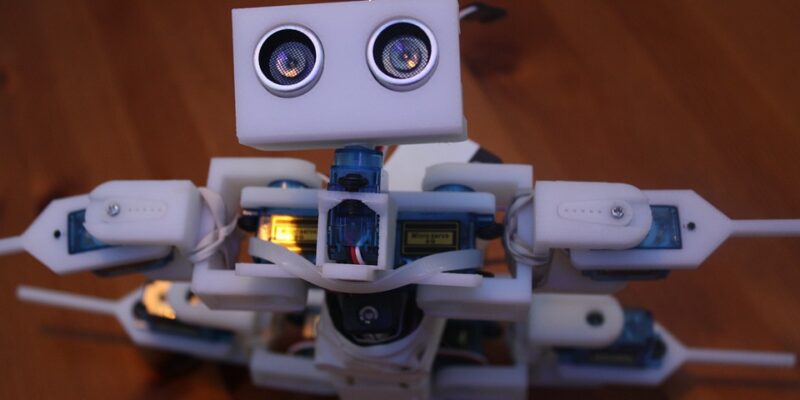Introduction
In the world of modern filmmaking, the use of computer-generated imagery (CGI) has become increasingly prevalent. One of the most exciting applications of CGI is the creation of realistic 3D characters that can interact seamlessly with live-action footage. This process requires a combination of technical expertise, artistic skill, and cutting-edge technology to bring these characters to life on the big screen.
The Process
Creating realistic 3D characters for movies is a multi-step process that involves collaboration between artists, animators, and technical experts. The first step in this process is designing the character’s appearance and personality. This involves creating concept art and sketches to develop the character’s visual style and traits.
Once the character’s design has been finalized, the next step is modeling and rigging. Modeling involves creating a digital 3D model of the character, giving them a physical form in the digital world. Rigging involves adding a digital skeleton to the model, which allows animators to manipulate the character’s movements.
Texturing and Shading
After the character has been modeled and rigged, the next step is texturing and shading. Texturing involves adding color and detail to the character’s surface, giving them a realistic appearance. Shading involves adding lighting and shadow effects to the character, further enhancing their realism.
Animation
Once the character has been fully modeled and textured, the next step is animation. Animators use specialized software to create lifelike movements for the character, such as walking, running, and facial expressions. This process requires careful attention to detail to ensure that the character’s movements are realistic and believable.
Integration with Live-Action Footage
After the character has been fully animated, the next step is integrating them with live-action footage. This process involves compositing the character into the live-action scene, matching their movements and lighting to make them appear as though they are truly interacting with the other actors. This process requires a high level of technical skill to seamlessly blend the CGI character with the live-action elements.
Visual Effects
In addition to integrating the CGI character with live-action footage, visual effects artists may also add additional effects to enhance the overall look of the scene. This may include adding atmospheric effects, digital set extensions, or other elements to create a more immersive and visually stunning environment.
Challenges and Advancements
Creating realistic 3D characters for movies is a challenging process that requires a high level of technical expertise and artistic skill. One of the biggest challenges is achieving a high level of realism in the character’s appearance and movements, as any discrepancies can break the audience’s immersion in the film.
In recent years, advancements in technology have made it possible to create even more realistic 3D characters. This includes advancements in motion capture technology, which allows animators to capture the movements of real actors and apply them to CGI characters. This results in more lifelike movements and expressions, further enhancing the character’s realism.
Future Trends
As technology continues to advance, the possibilities for creating realistic 3D characters in movies are endless. One emerging trend is the use of artificial intelligence to generate lifelike performances for CGI characters, further blurring the line between reality and fiction.
Overall, the process of bringing realistic 3D characters to life in movies is a complex and time-consuming endeavor that requires a combination of technical expertise, artistic skill, and cutting-edge technology. However, the end result is well worth the effort, as these characters can truly captivate audiences and bring the filmmaker’s vision to life on the big screen.
